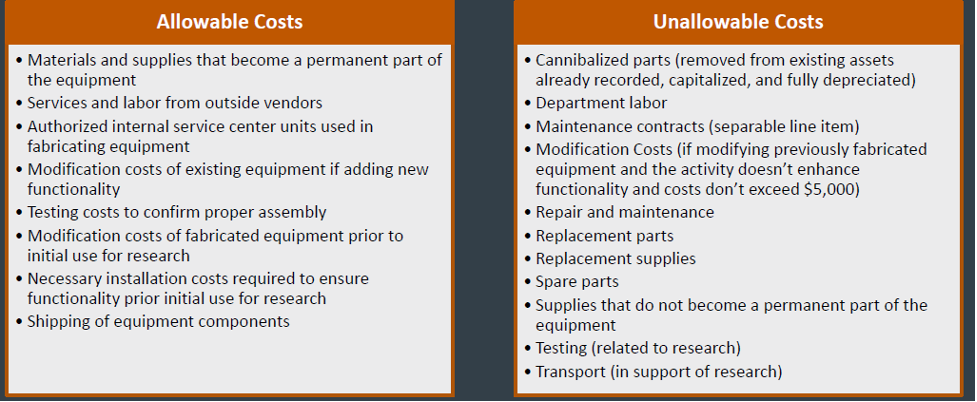PRE-AWARD
The Office of Sponsored Projects (OSP) serves as the coordinating office for externally funded research and sponsored projects at The University of Texas at Austin. The goal of the OSP is to assist faculty and professional research staff in their efforts to secure and ensure proper stewardship of external funding. We do that by assisting research faculty and staff with the following: proposal review, authorization, and submission; award negotiations and acceptance; account management; close-out, reports, audits, collection; professional development and education; export control, and research compliance.
HOW IT WORKS
Life Cycle of the Grant
Before transmittal to the sponsor, the proposal must be approved by the Office of Sponsored Projects (OSP).
Proposals are submitted for review and approval using the Proposal Review Form (PRF) which is accessed within the Research Management System (RMS). The information submitted with the PRF facilitates administrative review and approval, and thus helps to expedite processing.
More information on the Lifecycle
New faculty quick-start guide
PI Book
All research at The University of Texas at Austin is principal-investigator (PI)-driven. The Office of the Vice President for Research has compiled the essential information that PIs need to navigate the UT research enterprise.
Because policies and federal guidelines are subject to change, the PI Book is updated regularly. For this reason, it is available online for viewing only (not for download) to ensure that you’ll always be viewing the most current guidance.
Access PI Book
Helpful Links
Create a New Proposal
UT Facts for Sponsored Projects
ERA Ticket System
It is a centralized tool in which campus staff and faculty can submit and track ERA system related requests to The Office of Sponsored Projects. Some examples of requests you would submit within this tool are:
- PI Exception requests
- Unit code requests
- System Access Requests
- Requests for guidance on how to pull RMS reports
Submit ERA Help Ticket (Note: this does not go to the ME department)
POST-AWARD
Post-award administration is what happens after the proposal is submitted and the award is made. This area covers a multitude of policy issues and processes both financial and nonfinancial. When an institution receives an award from an external sponsor, it agrees to certain terms and conditions. In addition to conducting the work proposed, the institution also agrees to be a good steward of external funds. The post-award administrative function is in place to ensure good stewardship.
For award and subaward management
Financial Closeout for Post-Award
OSP Newsletter
For specific account balance criteria, contact your admin within your unit. For ME, contact
FABRICATION INFORMATION
What is fabrication?
Definition 1: Fabrication: built from scratch
Definition 2: The University may have to build equipment that is not available elsewhere and is a unique one-of-a-kind item. This equipment is primarily sponsor-funded and therefore has a number of compliance requirements related to acquiring and tracking individual pieces of equipment in an assembled fabrication.
Standard (“off-the-shelf”) items that are altered or customized to make them usable on a sponsored project do not qualify as fabrication. Fabricated items, regardless of cost, that are either created for transfer to a non-University entity or expected to have a useful life of less than one year do not meet The University’s definition of equipment and should not be treated as such.
All services purchased for equipment fabrication must be used in the fabrication process and become a permanent part of the end product’s value. All items purchased must become a permanent part of the end product’s value as well, unless they are destroyed during testing or consumed in fabrication. The completed item of fabricated equipment must have a useful life of at least one year and must be classified as a capital asset per SPAA guidelines.

How should I keep track of it?
Fabricated items will become a permanent part of the end product's value (unless they are destroyed during testing or consumed in fabrication). The completed item of fabricated equipment must have a useful life of at least one year with a $5,000 end value or greater.
Examples: a device built from pieces of grinded metal; microchips built out of raw silicon; two devices modified to work together in the same location, sealed from casual tampering.
Please keep track of:
- Inventory Tag # if known
- Code Name for Fabricated Equipment Project
- Building Abbreviation
- Room #
- Project Name
This will be helpful when ME needs to submit a report to SPAA and Inventory.






